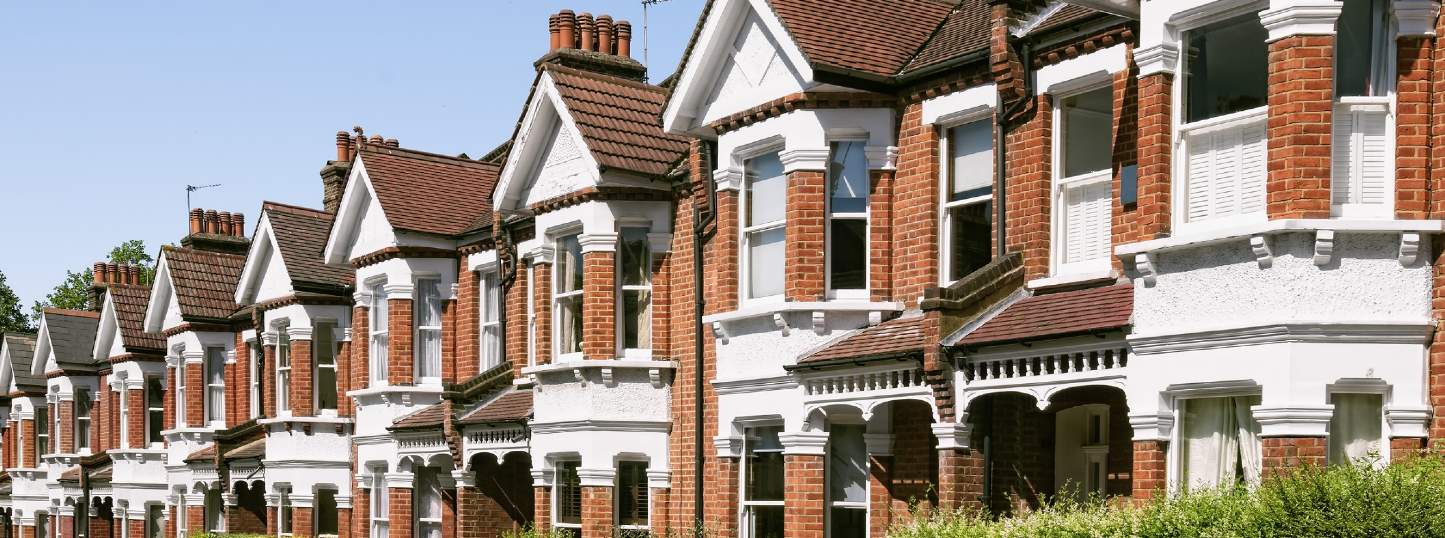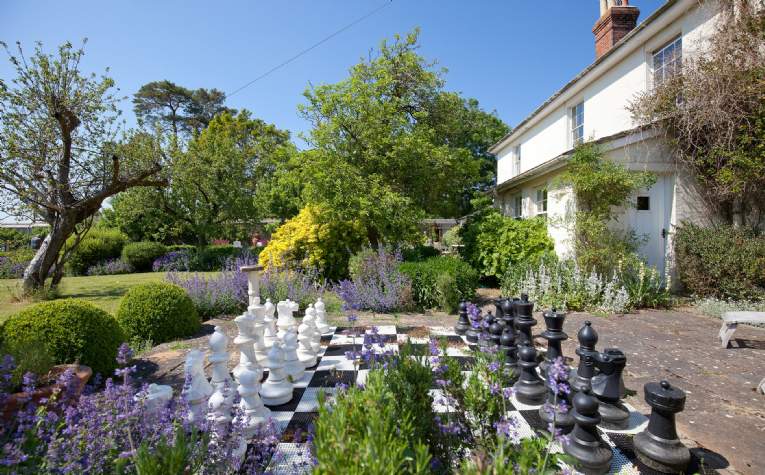Investors and second homeowners
As expected, the rate of capital gains tax on residential property (essentially buy-to-let investments and second homes) was unchanged, while it rose for other assets.
But, any relief felt by those affected will have been relatively short-lived, as an unexpected increase in the Stamp Duty Land Tax second-home surcharge was just around the corner, bringing it more in line with Scotland.
That undoubtedly will tighten budgets for prospective second homeowners.
However, the change will be felt more widely, as there is a risk that this further constrains the supply of private rented accommodation, which in turn will keep upward pressure on rents.
New buy-to-let investors are likely to be pretty thin on the ground and even existing larger, wealthier landlords will think very carefully about how much they continue to invest.
That means there will be a thinner seam of demand and fewer options for those looking to exit the sector, at a time when the regulatory burden on landlords keeps rising.
This is especially the case as no meaningful support for first-time buyers was announced. While the mortgage guarantee scheme has been made permanent, it has generally struggled to make a significant impact on the availability of higher loan-to-value mortgages.

.jpg)
.jpg)

.jpg)
.jpg)




.jpg)